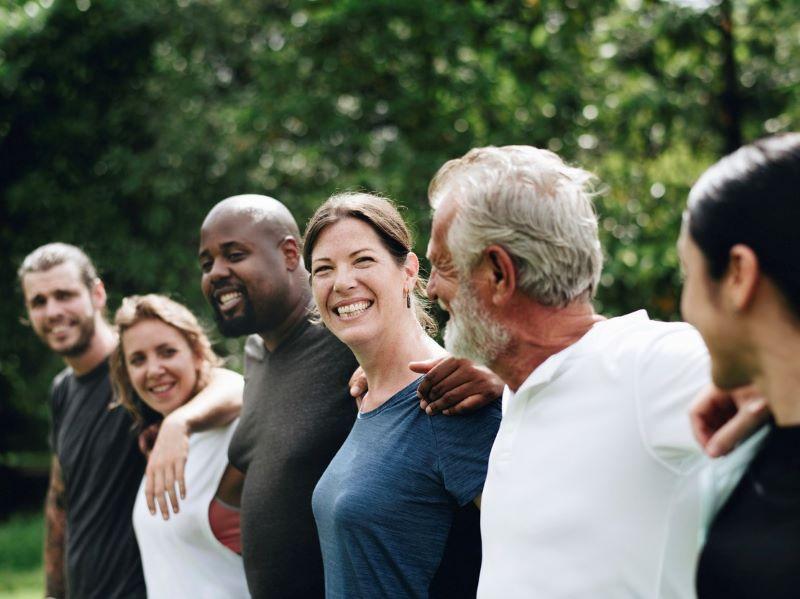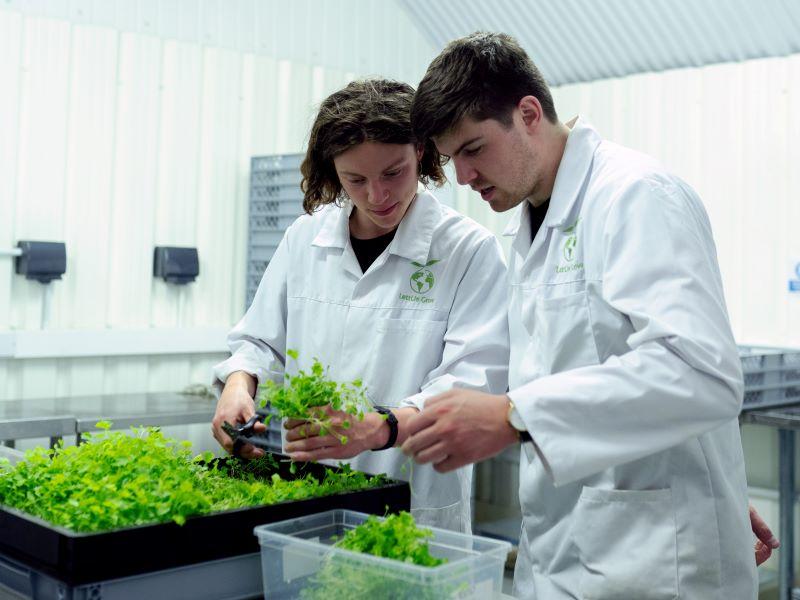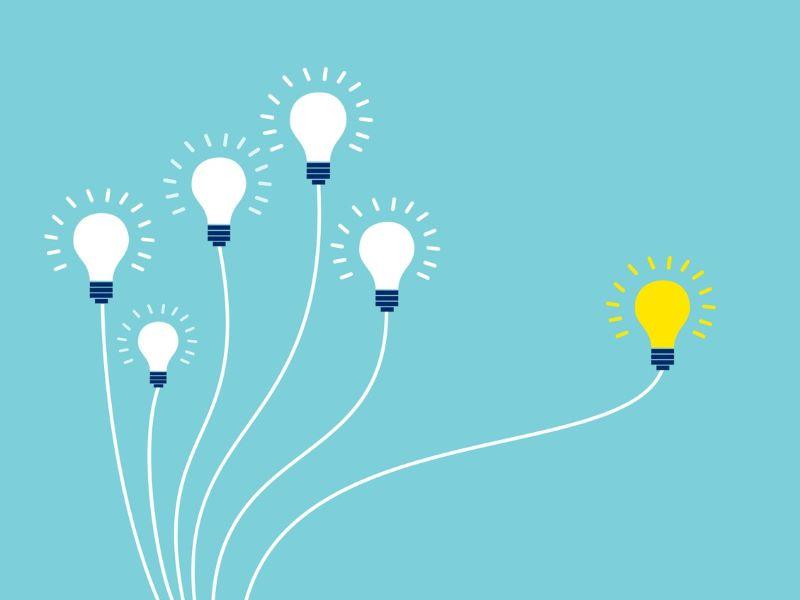As an artist, “making a difference” is a term I prefer to “making impact” because it describes more accurately the notion of a creative endeavour rather than an academic exercise. Thinking about art as a process and not just a product of research offers a means of bringing the imagination more fully into play and can serve to release the creative energies of others in order to spark the momentum that enables an arts-led intervention to take effect in the wider world.
- Spotlight collection: How to be a civic university post-pandemic
- Spotlight collection: Creativity in higher education
- What’s the story? Creative ways to communicate your research
Collaboration
Art is excellent at consolidating, communicating and celebrating ideas, although its essential purpose can be seen as the creation of meaning. It is seldom, however, that the arts by themselves achieve change, and engagement across disciplines can enable meaningful activity to gain functionality and application.
- Active Energy, for example, built on an investigation by social scientists into how older people’s experiences had been missing from technological development, while the project’s main outputs were realised by an engineer.
- JAL! Celebrating Cultures of Water in Rural Rajasthan involved environmental scientists working with artists on the urgent need to revive traditional means of water conservation.
- The Art of Healing in Kashmir included child health specialists, psychologists and political scientists to support arts activities that addressed the mental health and well-being of children affected by conflict.
While artists need to recognise that creativity does not diminish through shared action, it is equally important that the expertise embodied by the arts is recognised by its disciplinary partners.
Participation
Making a difference generally requires a need to be addressed. Including groups who are most affected by an issue in the related research offers the input of first-hand knowledge, local connections and, not least, the problem-solving purposefulness of those for whom much is at stake.
The energy and commitment of the Geezers seniors’ club drove the direction of the Active Energy project over 12 years. Artistic input provided creative facilitation that enabled issues, problems and solutions to be identified, bringing in other professionals and partners as required, and “holding” the overall process to let the outcomes emerge. This may not look like an artistic process, but it is not wholly different from bringing together different elements to make a painting. In creating the latter, most of the decisions will be intuitive and the dialogue internal, whereas when working with people the process is equally intuitive, but the dialogue is held with others.
Creative process is, of course, not the prerogative of artists, although these are individuals who have made it a long-term specialist study, so have those skills particularly to hand. Of equal importance is working with rather than for the community and ensuring that the enquiry on which you embark meets both your needs as a researcher and addresses theirs, irrespective of whether the needs are different.
Creative approaches to research enquiry
The facilitation process inevitably involves questions. These should respect the expertise that each brings to the research, while creativity can usefully inform how to make enquiries in ways that enable participants to put their own imaginations to work.
“If you woke up tomorrow and ‘x’ is how you would wish it to be, what would that look like?” can be more effective than a straight question. Objects can prove equally fruitful. Bringing an item that relates to or reminds a participant of the situation you are investigating can open up areas that thought on its own may not reach. Once chosen, such an object can facilitate discussion of ideas and feelings, while offering further layers of association and memory, and provide imagery as necessary. Researchers can sometimes fall into a trap, however, of using participation to extract the knowledge they need, mitigating feelings of guilt through sweeteners by way of games or using the arts to make the activity fun. While such devices can generate interest, most important is valuing the real knowledge that is held by communities of whatever sort and recognising that we all share the desire to contribute to a better world.
Artists can therefore play a key role in research towards social change by bringing their knowledge of the creative process into research enquiry, achieved most effectively through collaborative engagement across disciplines and involving those affected by the issues at hand. This means recognising art as a generator of meaning rather than a device to make the research more attractive to others, while understanding that it can sometimes do both. Valuing this role for art as well as respecting the differing expertise held by both academic and community partners releases the creativity of all. It is this sharing and combining of imaginative process that ultimately enables a difference not only to be made, but also to become more accessible to a wider constituency.
Loraine Leeson is a senior lecturer in fine art at Middlesex University.
She led a project that has been shortlisted for Knowledge Exchange/Transfer Initiative of the Year at the Times Higher Education Awards 2022. A full list of shortlisted candidates can be found here.
If you found this interesting and want advice and insight from academics and university staff delivered direct to your inbox each week, sign up for the THE Campus newsletter.




comment